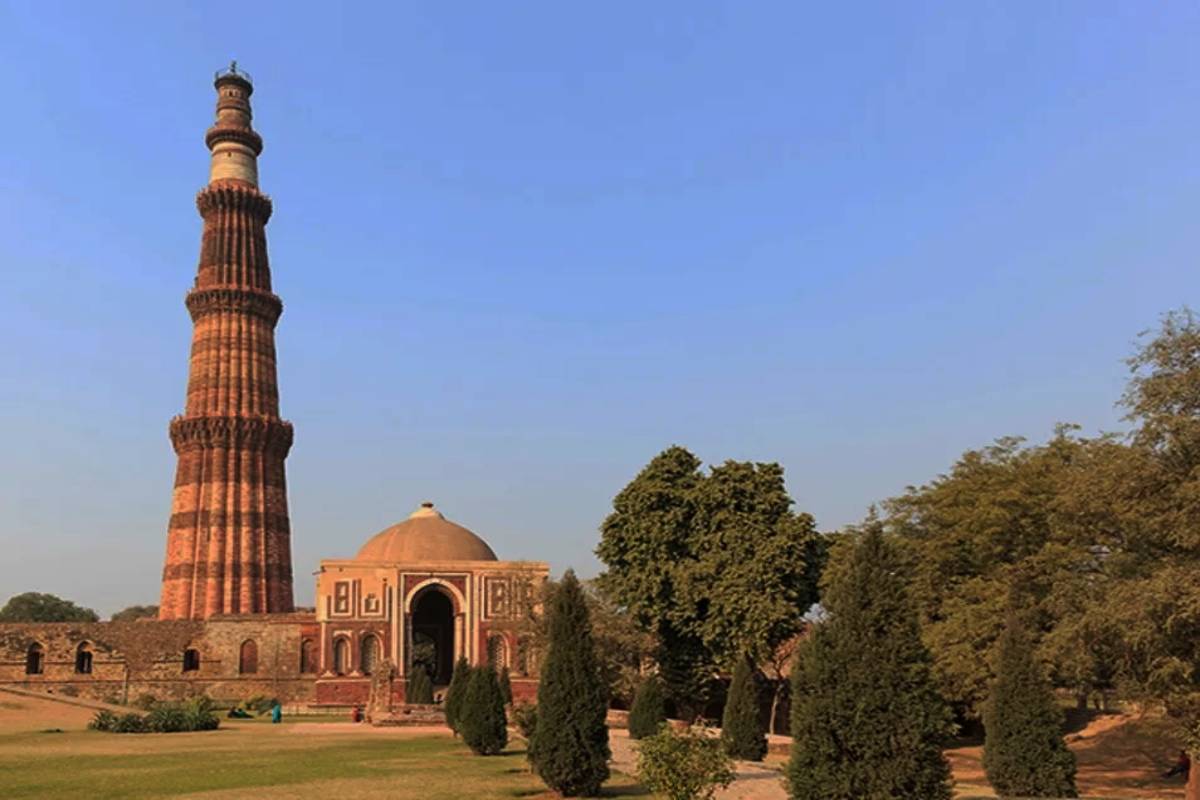Qutub Minar lit up in remembrance of 1994 Rwanda genocide
The Qutub Minar was lit up with the colours of the Rwandan national flag in solidarity with the people of the east-African nation
During the course of the hearing, ASI lawyer Subash C. Gupta argued that the man claims rights for large and vast areas in several states.

Qutub Minar row: ASI seeks dismissal of plea by 'Agra royal family member'
The Archaeological Survey of India (ASI) on Wednesday opposed the intervention application filed by a man claiming to be heir of a royal family in Agra and seeking ownership of Qutub Minar, asking why he was sitting idle for the last 150 years without raising any issue before any court.
The ASI’s submission came during the hearing of the matter related to the restoration of the Hindu and Jain temples and the deities at the Qutub Minar complex before Civil Judge Dinesh Kumar of the Saket courts.
The intervention plea, moved through advocate M.L. Sharma by Kunwar Mahendra Dhwaj Prasad Singh claiming to be heir of the united province of Agra seeking the rights over territories from Meerut to Agra, was a twist amidst the temple restoration row.
Advertisement
During the course of the hearing, ASI lawyer Subash C. Gupta argued that the man claims rights for large and vast areas in several states and was sitting idle on it for the last 150 years without raising the issue before any court.
“He wakes up some morning and comes to this court as an impleader without any basis,” the ASI submitted.
It also pointed out a similar case of a woman, namely Sultana Begum claiming to be the wife of the great-grandson of last Mughal Emperor Bahadur Shah Zafar, arguing that she was in possession of the Red Fort. However, the court dismissed the plea solely on the ground of delay without going into merits, the ASI said.
The court will hear the matter again on September 13.
In the intervention plea, it was contended that the applicant belongs to the Beswan Family and heir of Raja Rohini Raman Dhawaj Prasad Singh and descendants of Raja Nand Ram who had died in 1695.
“When Aurangzeb became firmly established on the throne, Nand Ram submitted to the Emperor and was rewarded with the Khidmat zamindari, revenue management of Joar and Tochigarh,” read the plea.
In 1947, during the time of another family member Raja Rohini Raman Dhawaj Prasad Singh, British India and its provinces became free and independent, the plea stated. However, after the independence of India in 1947, the Indian government neither entered into any treaty, nor there was any accession, nor there was an agreement with the ruling family, the applicant argued.
“The Central government, state government of Delhi and state government of Uttar Pradesh without due process of law encroached upon the legal rights of the applicant and misused the power, allotted, allocated and death with the property of the applicant,” it said further.
The main suit in the matter alleged that around 27 Hindu and Jain temples were desecrated and damaged in 1198 under the Slave Dynasty Emperor Qutub-ud-din-Aibak who constructed the said mosque in place of those temples. The temples were dismantled, desecrated, and damaged under the command of the Slave Dynasty Emperor, who raised some construction at the same very place and named it the Quwwat-Ul-Islam Mosque, as per it.
Advertisement